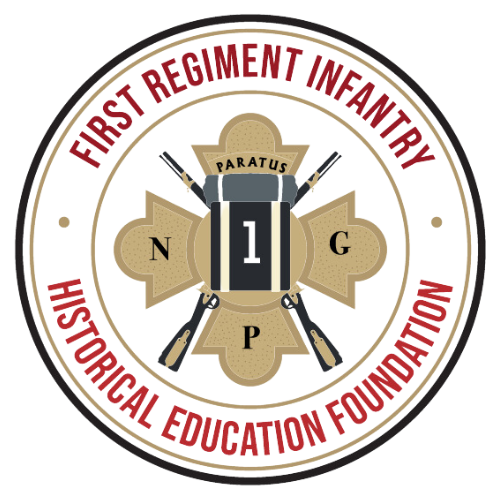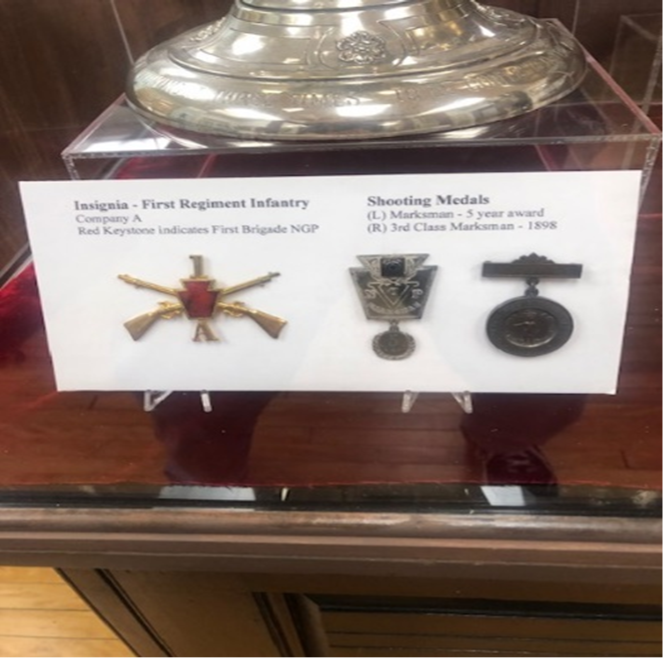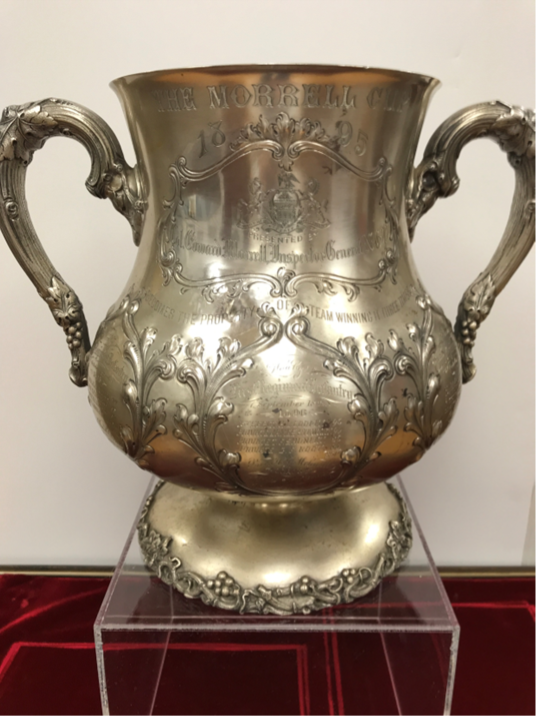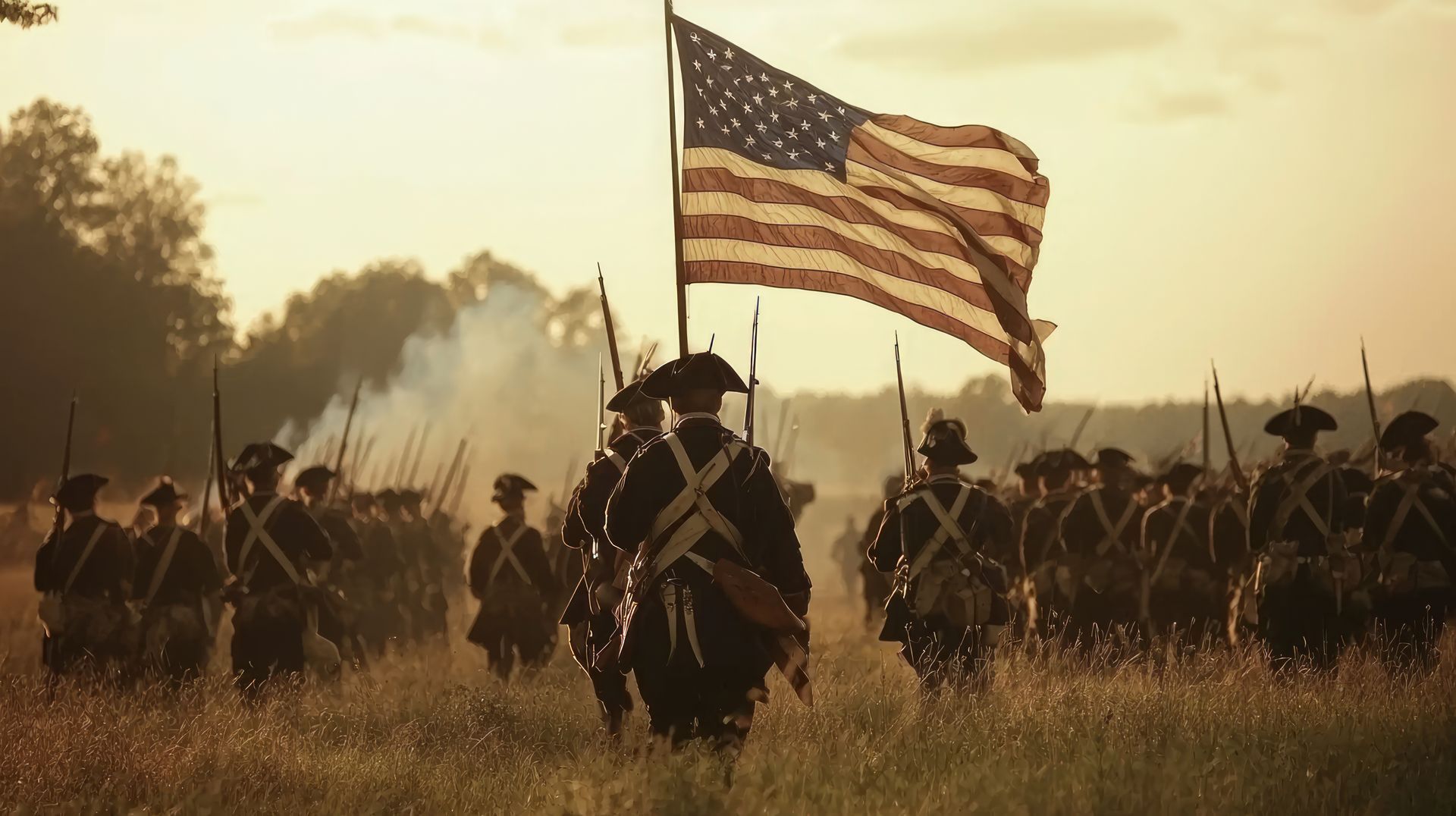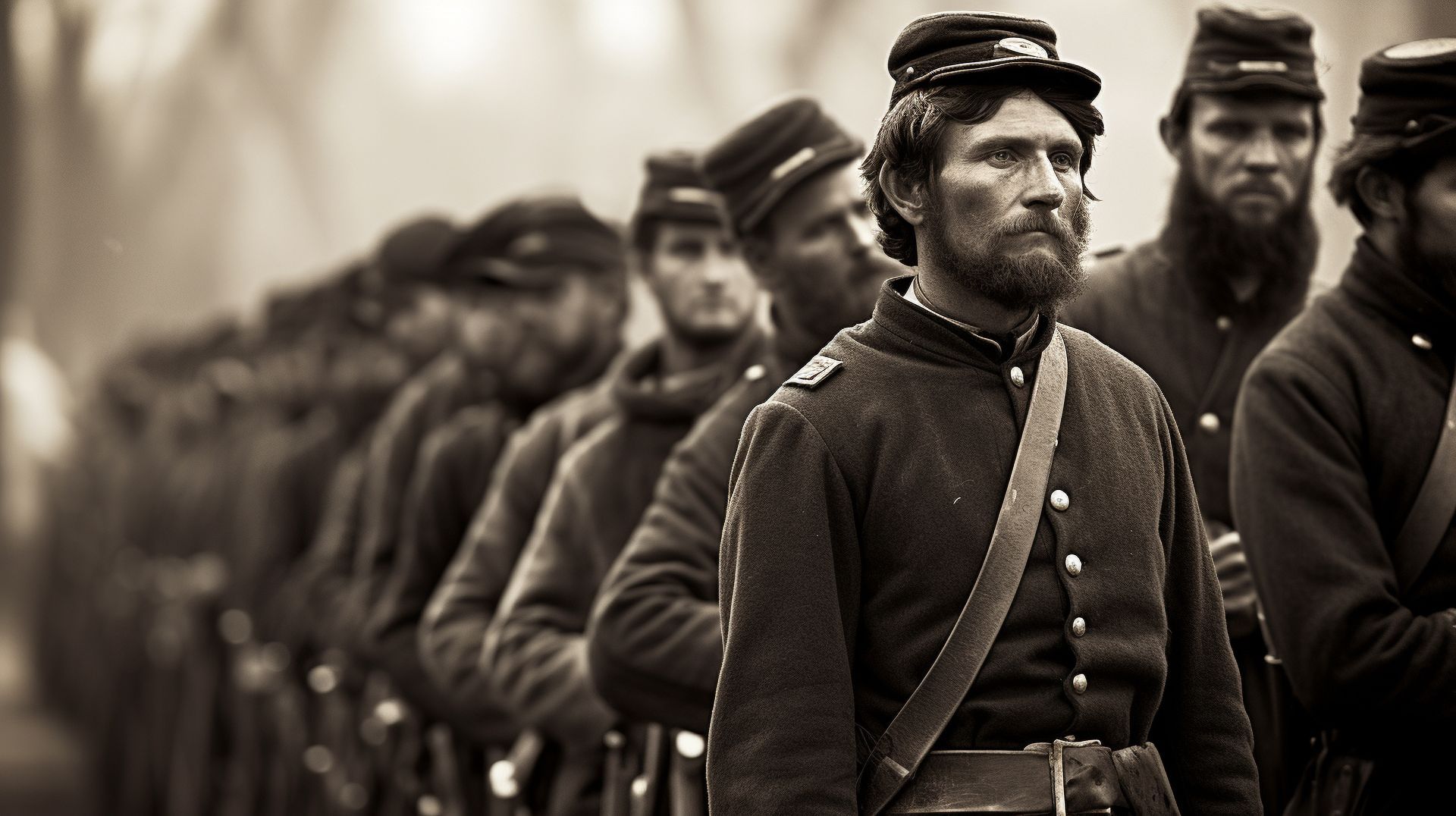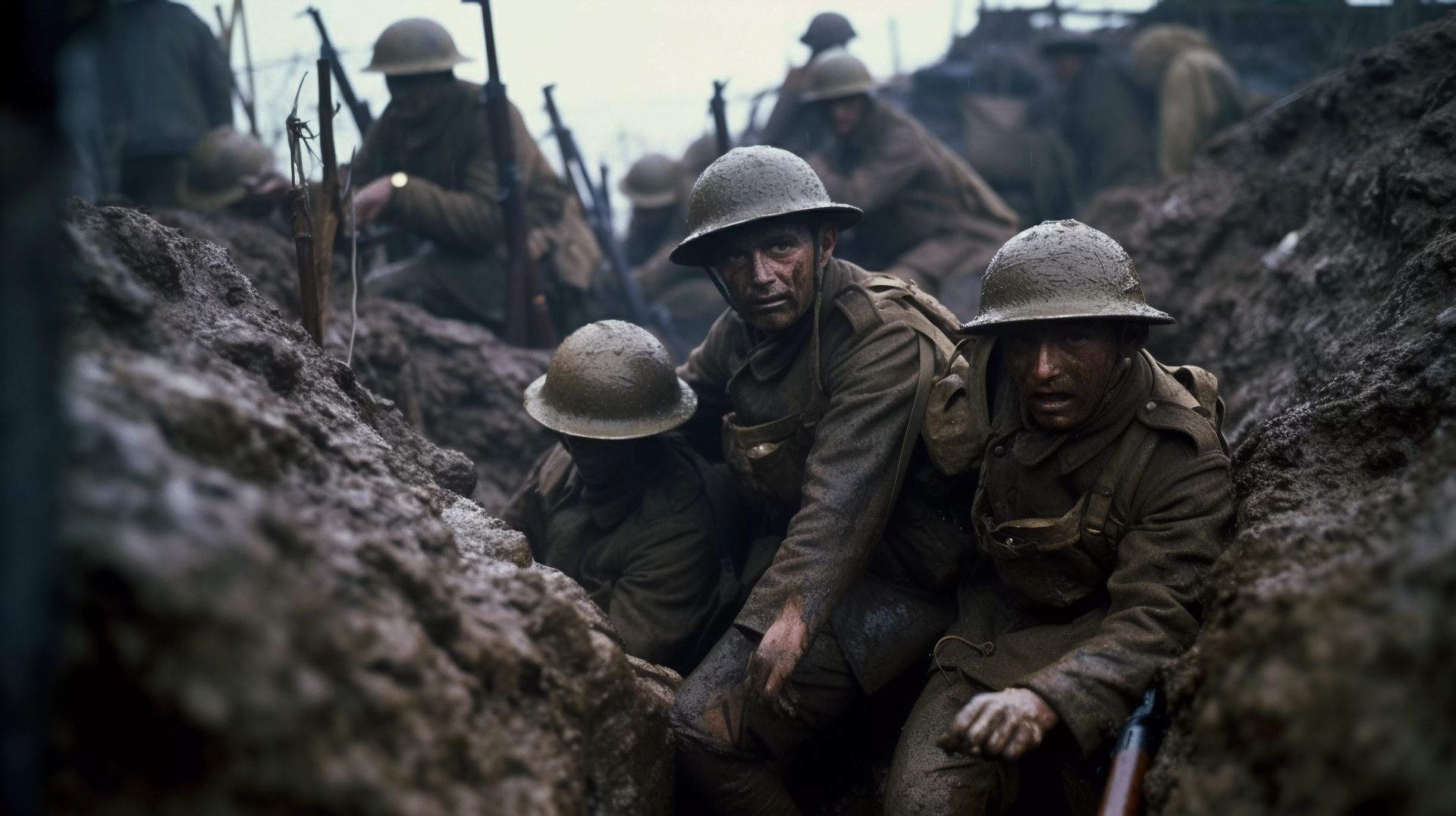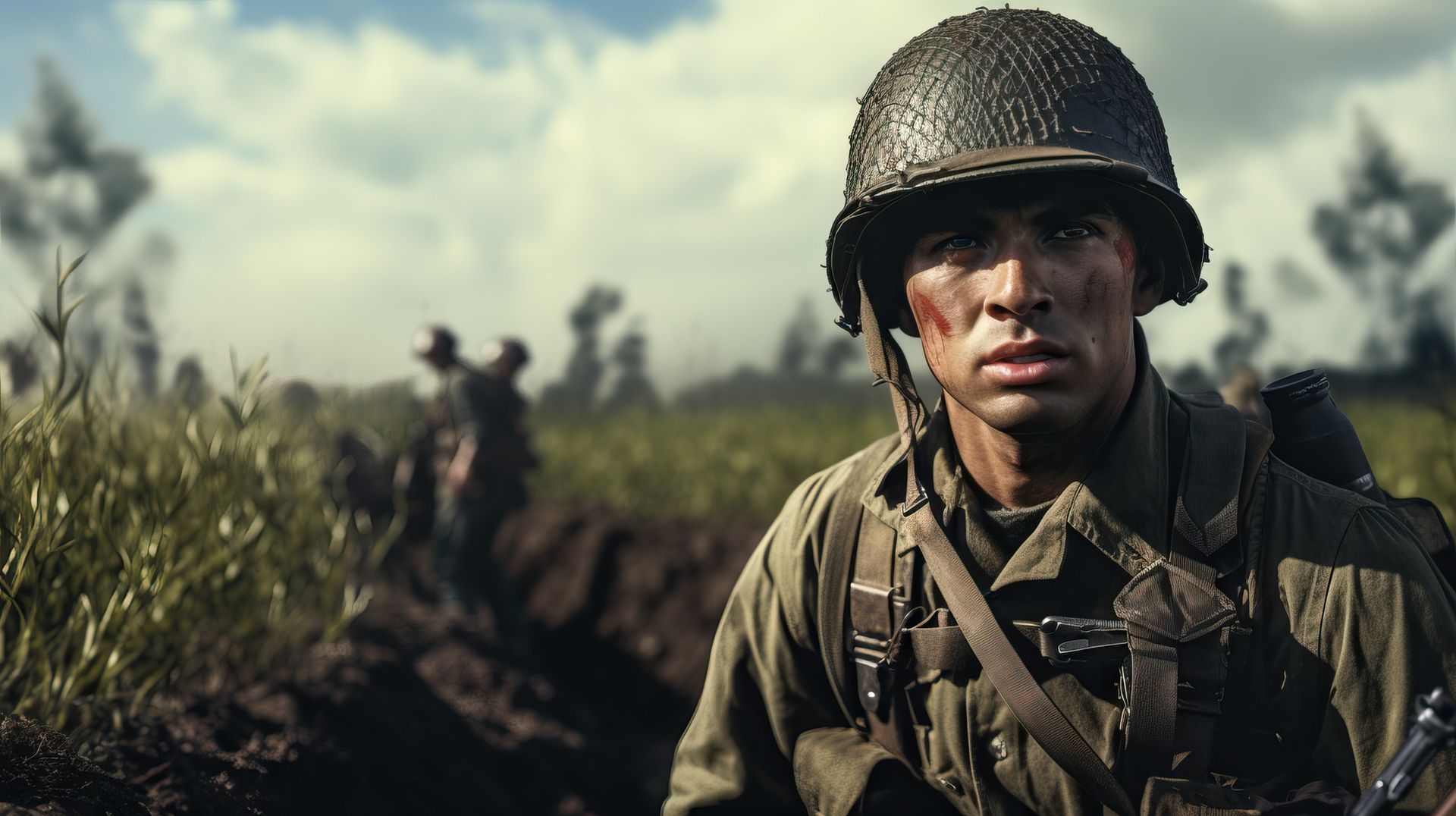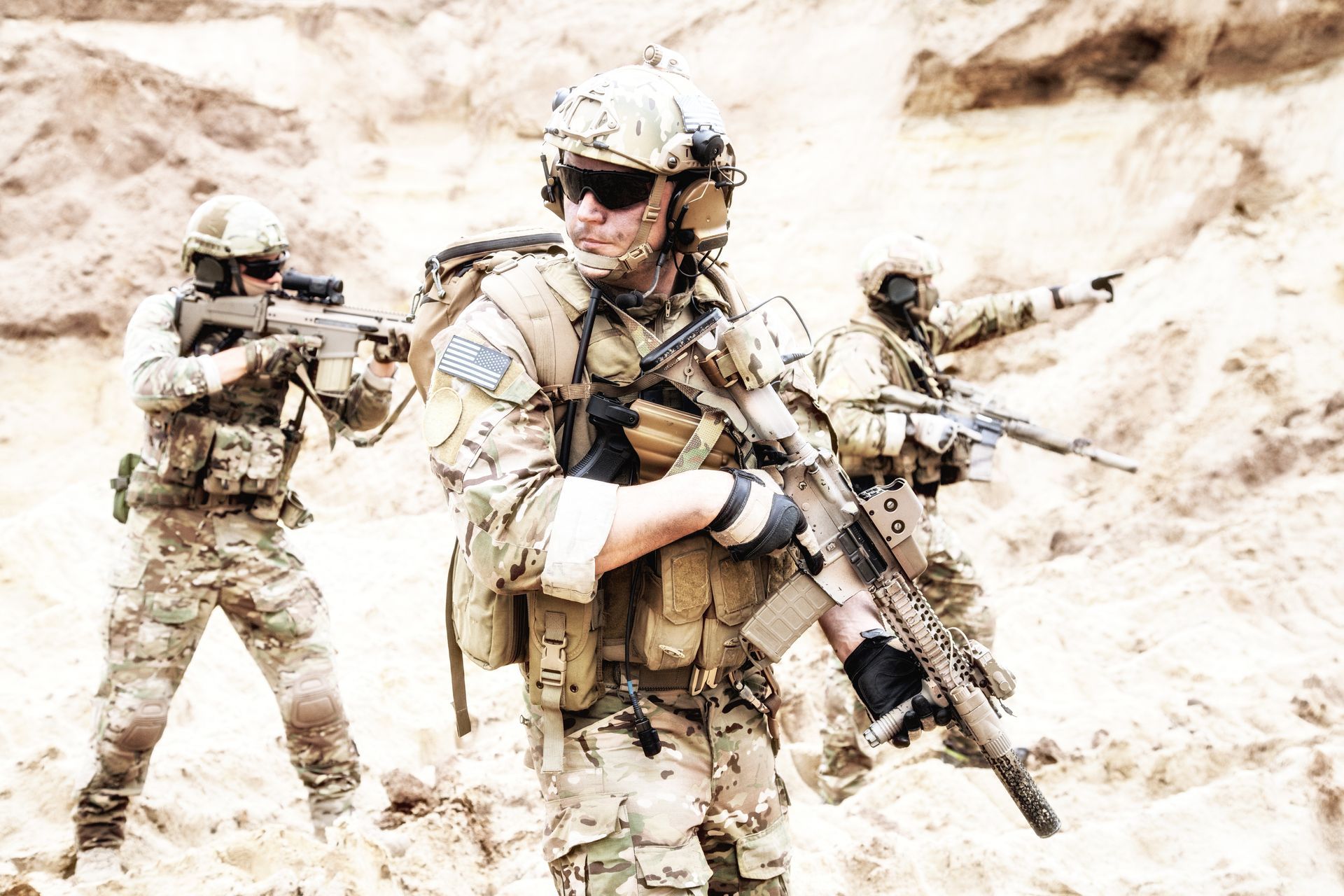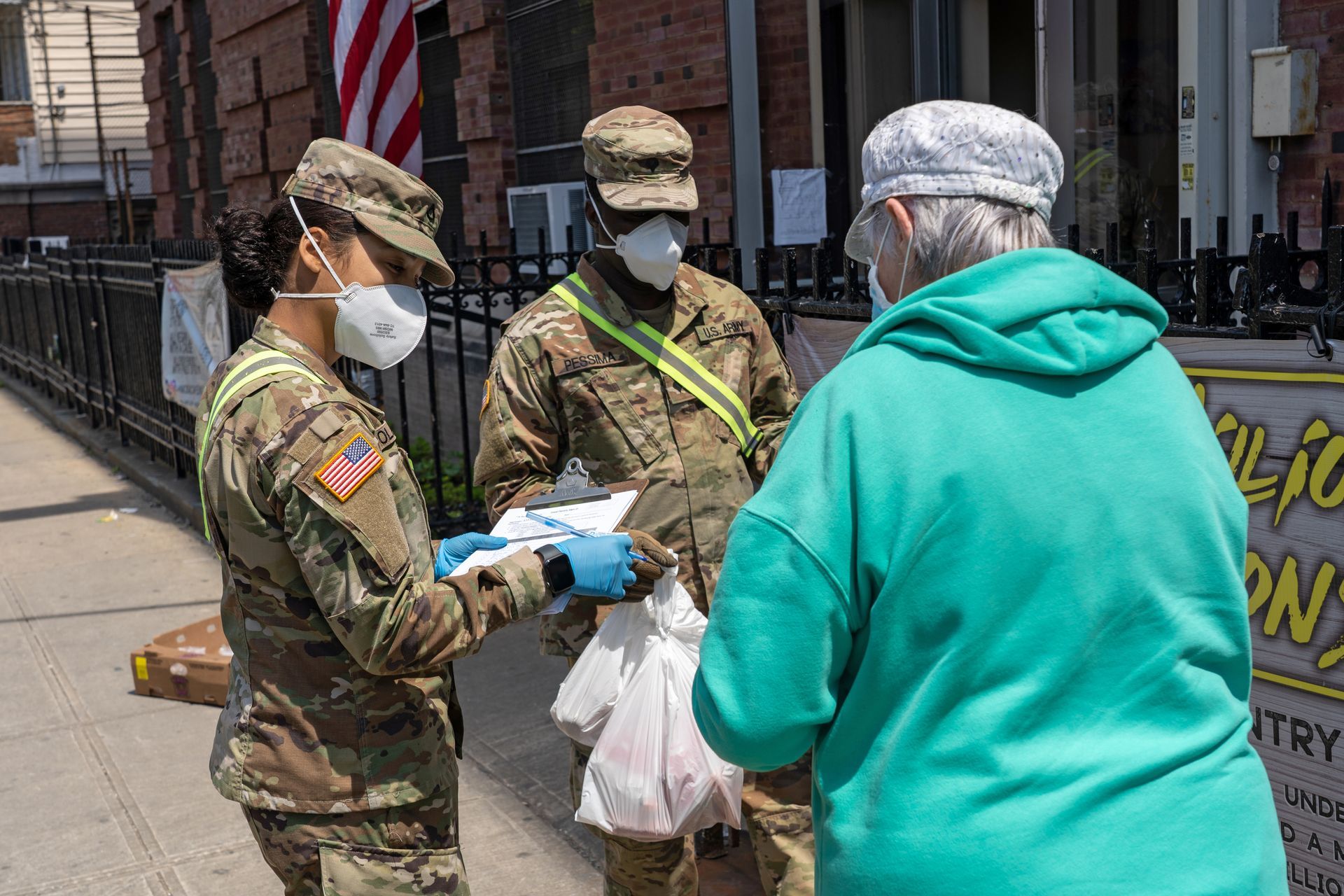Awards
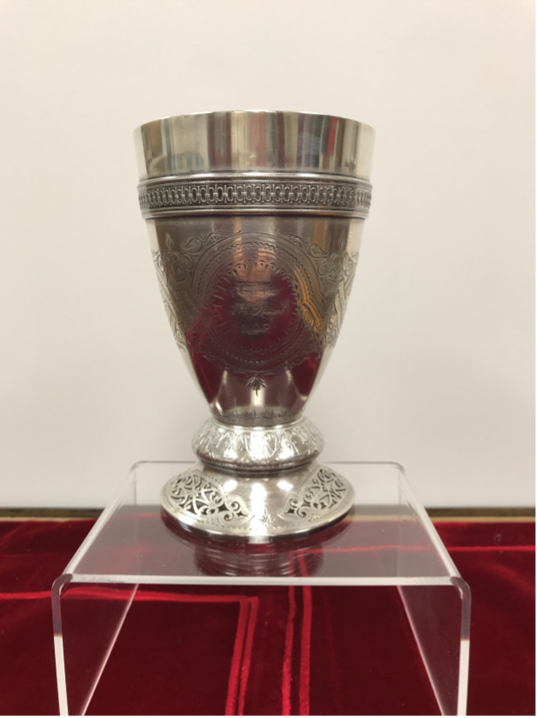
The Biddle Cup
Presented by Anthony J. Drexel Biddle to Company D, 1st Regiment, Infantry NGP on
October 2, 1894 for marksmanship
Anthony J. Drexel Biddle was an officer in the United States Marine Corps, Biddle was an expert in close-quarters fighting and the author of “Do or Die: A Supplementary Manual on Individual Combat”, a book on combat methods, including knives and empty-hand skills, training both the United States Marine Corps in two World Wars and special agents of the Federal Bureau of Investigation. He can be seen training Marines in a short documentary “Soldiers of the Sea”. He was considered not just an expert in fighting, but also a pioneer of United States Marine Corps training in the bayonet and hand-to-hand combat. He based his style on fencing, though this approach was sometimes criticized as being unrealistic for military combat.
Having joined the Marines in 1917 at the age of 41, he also convinced his superiors to include boxing in Marine Corps recruit training. In 1919, he was promoted to the rank of major, and became a lieutenant colonel in 1934. In Lansdowne, Pennsylvania, outside of Philadelphia, Biddle opened a military training facility, where he trained 4,000 men. His training included long hours of calisthenics and gymnastics, and taught skills such as machete, saber, dagger, and bayonet combat, as well as hand grenade use, boxing, wrestling, savate and jiujitsu. He also served two years in the Pennsylvania National Guard.
During World War II, Biddle returned to active duty with the Marine Corps with the rank of colonel and taught hand-to-hand combat to recruits.
Marksmanship Medals and Insignia
Insignia: First Regiment Infantry, Co. A Red Keystone indicates First Brigade – NGP
Marksmanship Medals: (L) Marksman – 5-year award, (R) 3rd Class Marksman – 1898
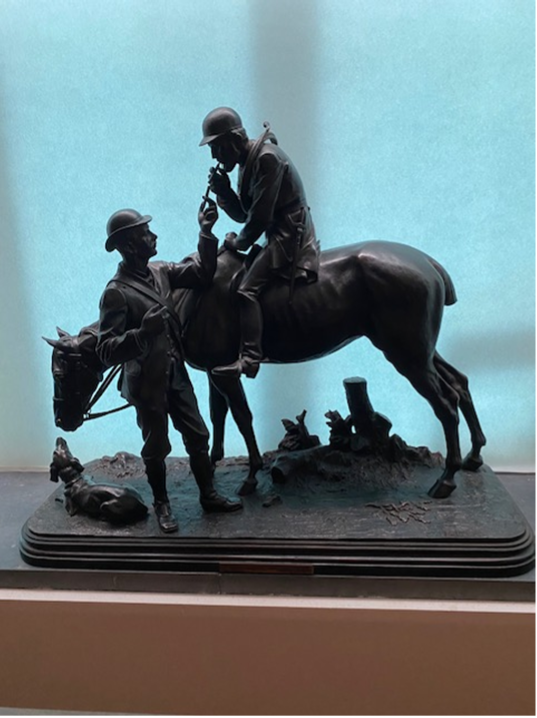
Marksmanship Trophy 1892-1894
This statue was presented to First Regiment Infantry for three consecutive years of being the top rifle team in the entire PA Army National Guard. Their teams scored 320 points in 1892, 334 points in 1893 and 322 points in 1894. This record of consistent excellence retired the trophy, earning the First Regiment infantry this statue as a permanent award.
Silver Morrell Cup
Won by the 1st Regiment, Infantry NGP 1895 – 1896 – 1899
Donated by Col. Edward Morrell, Inspector General, PNG (later Brig. General)
Inscription: presented by Col. Edward Morrell, Inspector General, PNG
Becomes the property of the team winning it three times
Won by First Regiment Infantry NGP October 22, 1895
Won by First Regiment Infantry NGP September 18, 1896
Won by Third Regiment Infantry NGP October, 17, 1897
Won finally by First Regiment Infantry NGP October 5, 1899
General Edward DeVeaux Morrell, PNG (1862 – 1917) US Congressman. He graduated from the University of Pennsylvania in 1885, studied law, was admitted to the bar, and practiced in Philadelphia. A Republican, he served on Philadelphia's Select Council from 1891 to 1894. He was also a member of the Pennsylvania National Guard; he commanded the 3rd Regiment as a Colonel, and the 1st Brigade as a Brigadier General. In 1900 he was elected to Congress, filling the vacancy caused by the death of Alfred C. Harmer. He was reelected three times, and served from November 1900 to March 1907. In his final two terms he was Chairman of the Committee on Militia. He did not run for reelection in 1906, and resumed practicing law. He was also involved in several businesses, including the local telephone and electric power companies in the towns north of Philadelphia. From 1912 to 1916 he was a member of Philadelphia's Board of Education.
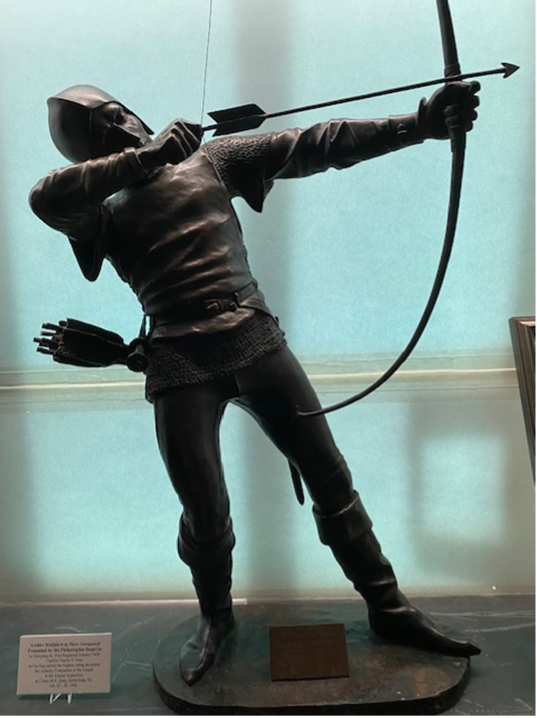
Best Company Award, 1904
This stunning bronze statue was designed and made by the well-known artist Pierre Tourgueneneff. It was presented by the Philadelphia Inquirer to Company K, First Regiment Infantry, commanded by CPT Charles Hess. Company K earned the highest rating among all infantry companies of the 28th Division, PA Army National Guard at their Annual Inspection held at Camp Quay, Gettysburg, PA July 23-30, 1904.
This is one of several bronze statues that are part of the First Regiment Museum.
James William Latta
The Commonwealth of Pennsylvania created and presented a large silver Trophy to the superior performing Regiment in Pennsylvania annually. The Regiment competed for this award and the notoriety of being the Best Regiment for each yearly period. It appears the mobilization for the Border and then reorganization and World War I service ended this competition.
